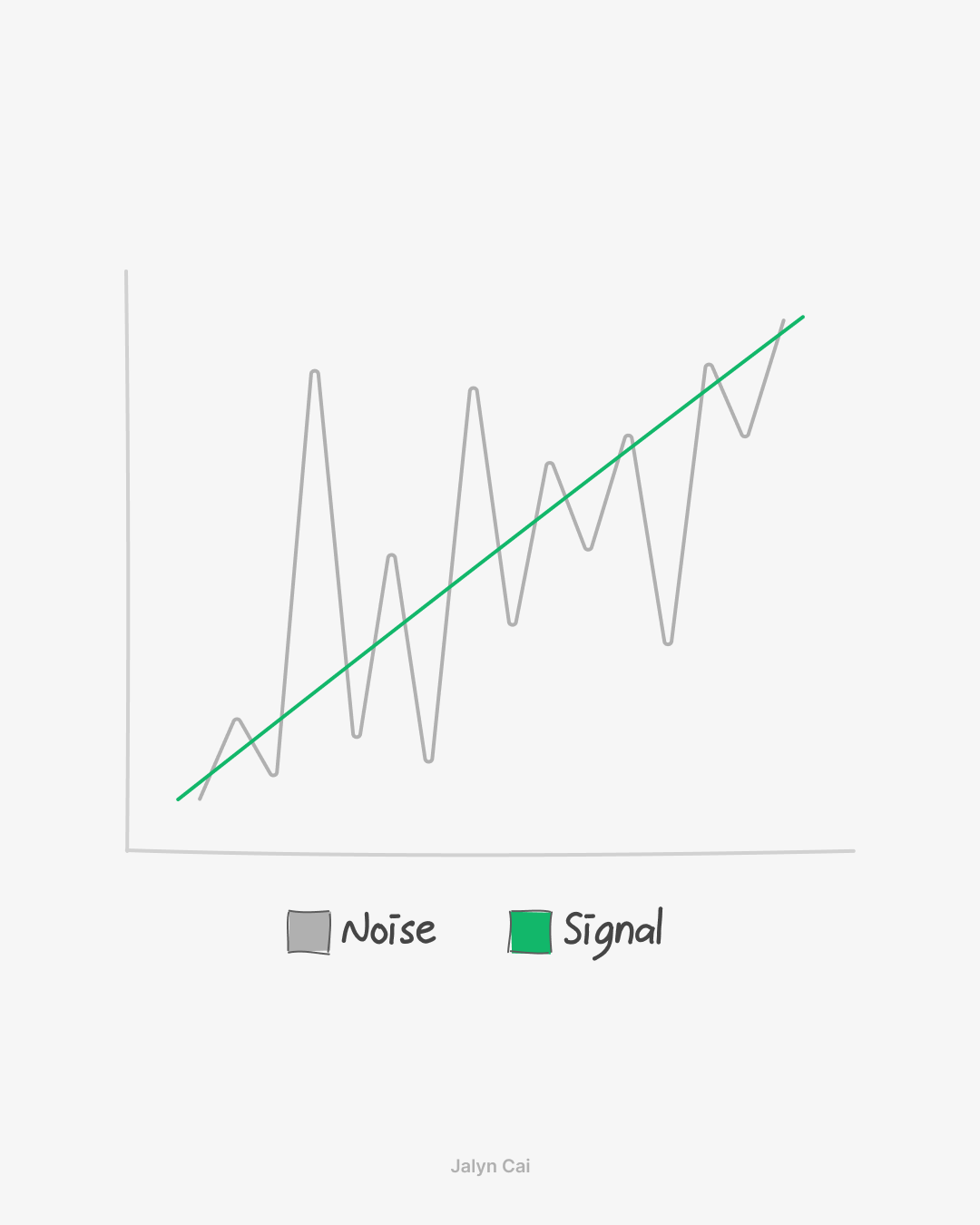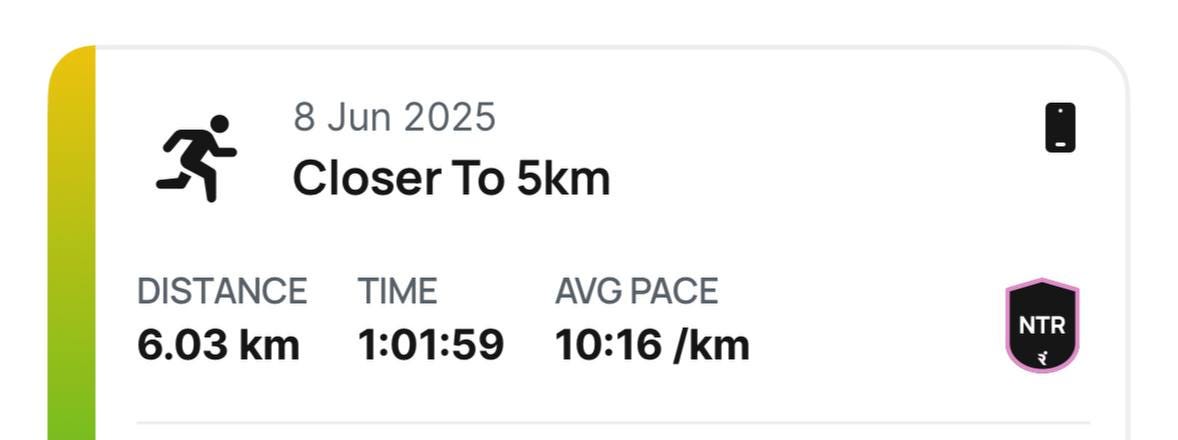My Garmin gaslit me for a few days last week.
Not the dramatic kind, just quietly deceptive: the display tells me that the battery is at 100%… for hours.
I’ll use it all day — tracking steps, heart rate, that passive-aggressive reminder to move every hour — and by evening, still 100%.
It was definitely losing power. I know the pattern — if I skip a charge for a day or two, it dies.
But now? Cheerfully, stubbornly, lying to my face.
100%. Still that 100%.
I reset the watch yesterday and now it's working as intended: the battery indicator is back to being honest — 87% - 72% - 45% — like someone admitting they're actually not fine, instead of saying 'lol no worries’.
Back to being honest — even if that honesty means barely holding a charge.
The whole thing felt uncomfortably familiar.
How many of us are walking around with battery indicators stuck at 100%?
Not because we're actually fully charged, but because our systems have gotten stuck displaying the same reassuring message, regardless of what's actually happening underneath.
“How are you doing?”
“Great! Doing alright!”
Maybe the problem isn't that our internal indicators are broken, but that we're looking at the wrong metrics entirely.
Instead of asking "What's my energy level?", I could be asking "What kind of energy do I actually have right now?"
Your Strength layer might be running low while your Thinking layer is still sharp. Connection could be depleted while your Knowledge layer is buzzing with new ideas.
(See: the Full Stack for more, if you’re confused!)
But if you're only checking one dashboard — Am I tired? — you miss everything else your system is trying to tell you.
It's a signal vs. noise problem. The obvious indicators are often the noisiest — and the least reliable.
The devices are smarter about this than I am. They know when to dial back — screen dims, notifications quiet down, unnecessary features pause.
No shame in low power mode when they need it.
Me, six months into this break? Still doomscrolling at 10pm, staging bedtime procrastination revenge like it’s a protest.
The thing is, maybe it's not just about replacing batteries or finding time to recharge. Maybe it's about fundamentally changing what I'm powering in the first place.
Because unlike my devices, my energy isn’t just about capacity — it’s about purpose. Even purposeful drain is still drain. Alignment doesn’t make recovery optional.
Problem solved, right? My watch works again, shows honest battery levels, and records my Body Battery scores with truthful accuracy.
But the malfunction wasn't the problem: it was information.
Those days of the fake 100% forced me to pay attention to what I actually wanted from a fitness tracker. And turns out, it wasn't better battery indicators.
What I needed wasn’t a better battery indicator — it was a better relationship with the whole idea of monitoring myself.
Even self-monitoring can go off the rails, if you forget what you’re trying to track.
And the Garmin? Finally honest again — just in time to get replaced by a Circular Ring 2 😅
Other things
In the same battery tune, my Kindle is showing its age (it must be about a decade old now) and I’m demonstrating great refrain in not shopping for a new one immediately.
Ran/walked 6km in just over an hour, and that marks the best distance and time I’ve ever done! (See: context of my less-than-good cardio health)
Until next time,
Jalyn





